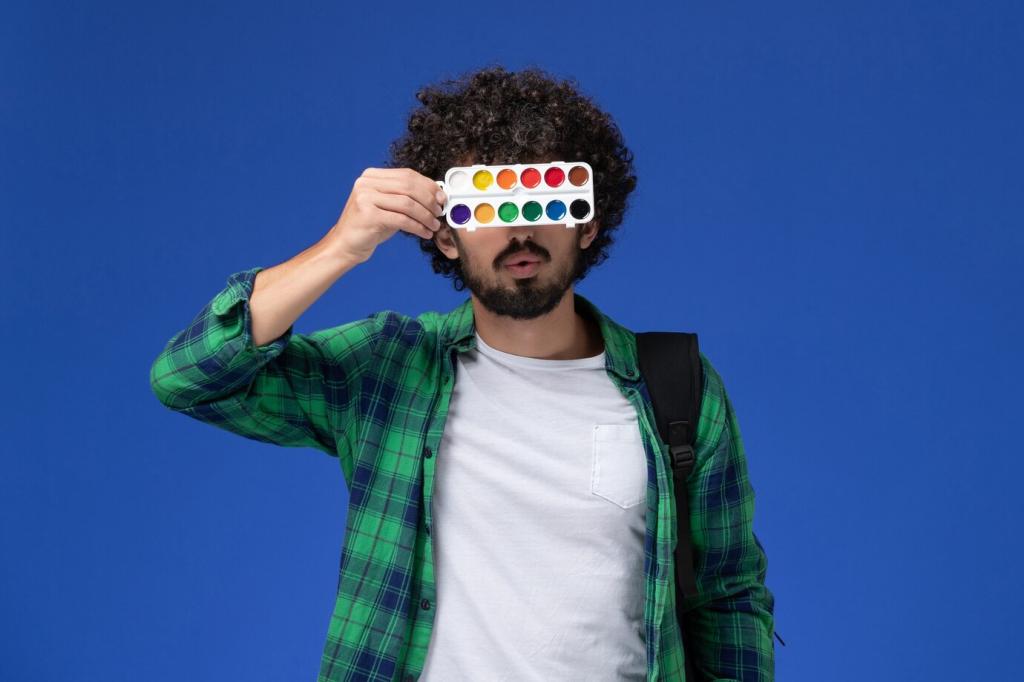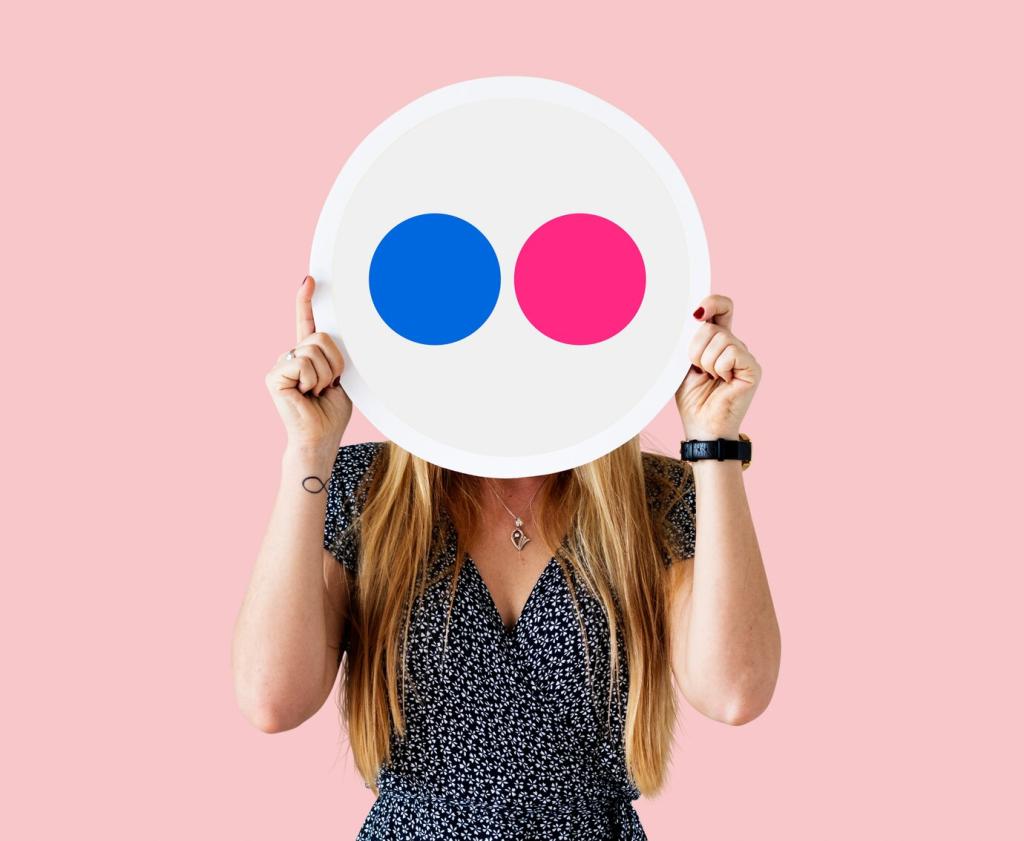
The Impact of Color on Eco-Friendly Interior Design
Today’s chosen theme: The Impact of Color on Eco-Friendly Interior Design. Discover how thoughtful palettes can boost daylight, support wellbeing, cut energy use, and tell meaningful, sustainable stories in your home. Subscribe and share your color journey with us.

Warm vs. Cool: Perceived Temperature
Warm palettes—terracotta, honey, and muted coral—can make rooms feel cozier, nudging us to reach for a sweater instead of the thermostat. Cooler shades—ocean blues and mists—can refresh summer interiors, encouraging gentler fan use over blasting air conditioning. Small perception shifts add up to real savings.

Behavior Nudging with Hues
Soft, grounded tones reduce visual noise, helping us slow down and consume more consciously. In calm kitchens, people report cooking from scratch and wasting less food. In serene home offices, fewer impulse buys appear, because focused environments minimize distraction. Color gently guides choices that support lower-impact living.

Case Story: A Calm, Low-Impact Studio
A reader repainted a dim studio with breathable clay paint in sage and off-white. The palette bounced daylight deeper into the room, cutting lamp use before sunset. She also noticed quieter evenings, less scrolling, and more reading—tiny lifestyle shifts that harmonized with her greener routines.



Healthy Paints and Natural Pigments
Volatile organic compounds can off-gas for months. Low- or zero-VOC paints and primers protect respiratory health and reduce indoor pollution. Seek verified labels, ventilate well, and remember that added colorants can change VOC levels. Healthier air supports better sleep, clearer thinking, and more mindful living.
Biophilic Palettes for Wellbeing
01
Think understory greens with stone, bark, and soil neutrals. Evidence suggests biophilic cues can reduce stress and improve cognitive performance. When we feel settled, we buy less filler decor and cherish what we own. Sustainable choices often follow from calmer, more intentional spaces.
02
Sea-glass blues and tidal greens suit bedrooms and bathrooms, pairing with low-glare, warm-dim LEDs. The palette signals rest, which in turn supports earlier lights-off routines. Better sleep and thoughtful wind-down habits quietly lower nighttime energy use while deepening daily wellbeing.
03
Color reads differently on honest materials: FSC-certified wood warms olive and taupe; clay softens white; undyed wool grounds everything. These tactile pairings elevate modest palettes, proving sustainability does not require excess. Tell us which textures made your colors sing—your tips help others choose well.
Culture, Climate, and Color Wisdom
Mediterranean Whites and Limewash
Sunlit villages favor white limewash for reflectivity and cooling. Indoors, mineral whites bounce light without harshness, especially with rounded corners and textured plaster. Borrow the principle, not the postcard: adapt sheen and shade to your latitude, foliage, and street reflectance.
Desert Neutrals and Thermal Comfort
In arid regions, sandy neutrals and muted terracottas temper glare while echoing local earth. Indoors, these hues absorb just enough light to soften heat shimmer. Combined with natural ventilation strategies, they can reduce dependence on mechanical cooling across long, bright seasons.
Community Story: Shared Color Library
A neighborhood set up a leftover paint shelf at its tool library. Residents swapped half-cans of eco paint and traded swatch boards, saving money and waste. Start one where you live—then tell us what palettes emerged from your community’s resourcefulness.
Small Steps for Apartments and Rentals
Curtains, rugs, and slipcovers alter perceived color and daylight distribution. Choose organic cotton or recycled fibers in high-LRV neutrals to brighten rooms. Add small, saturated accents for personality without repainting. When you move, these pieces migrate, keeping your palette—and footprint—flexible.
Small Steps for Apartments and Rentals
Peel-and-stick wallpapers made with water-based inks offer bold pattern without commitment. Pair with low-VOC adhesives if borders are needed. Always test a discreet patch first. Share your rental-safe color hacks so fellow readers can transform spaces without risking their deposit or the planet.
Small Steps for Apartments and Rentals
Match bulb temperature to palette: 2700–3000K flatters warm schemes; 3500–4000K suits cooler neutrals. High color rendering index (90+) honors subtle pigments, reducing the urge to repaint. Efficient LEDs with dimmers stretch ambiance and energy savings from morning routines to late-night reading.
